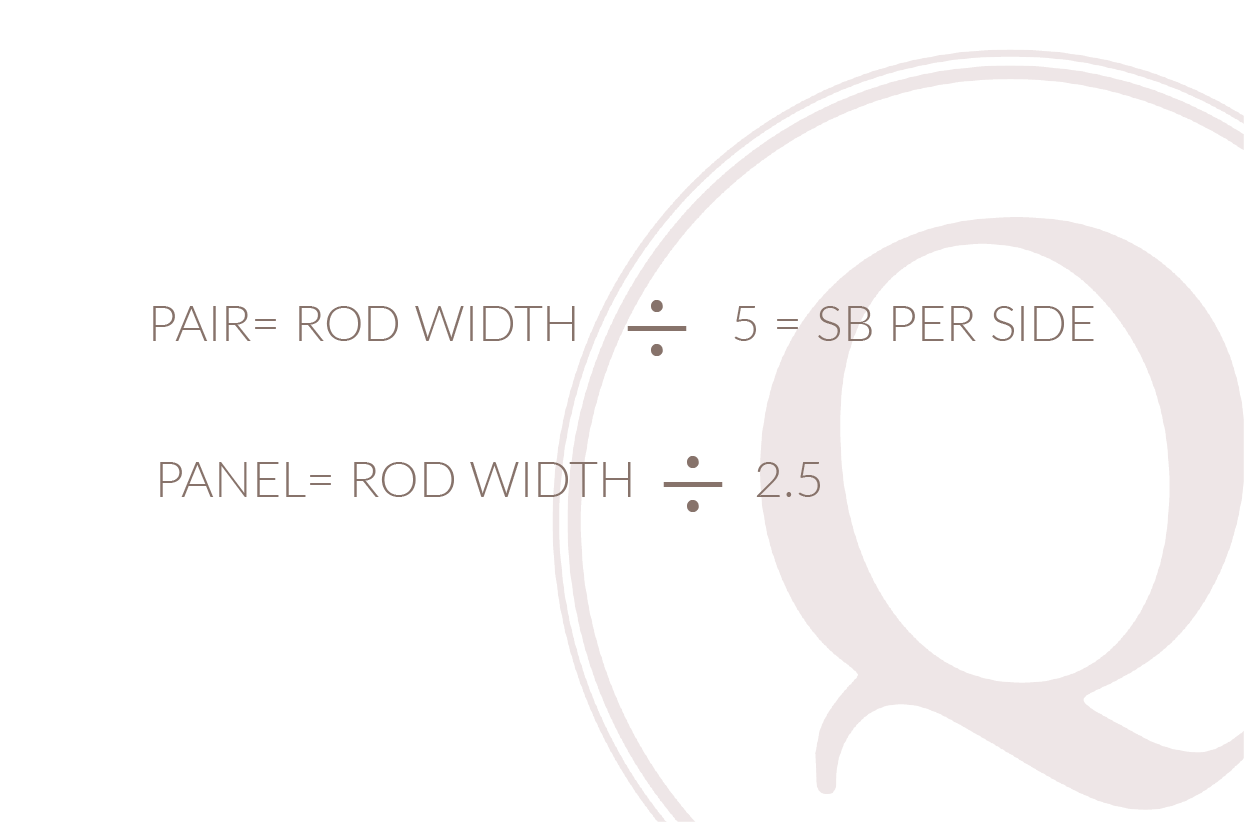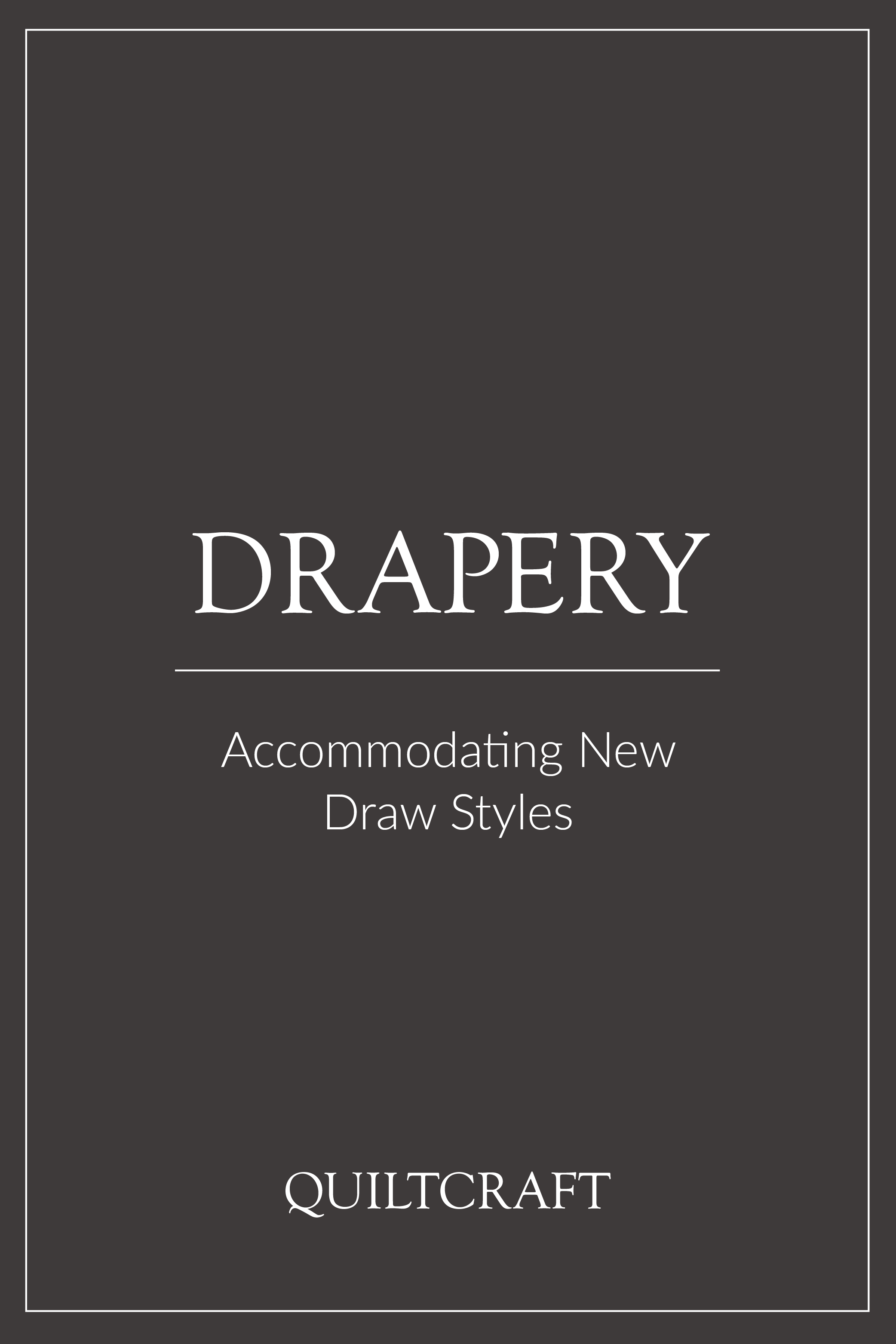What Is Drapery Stack Back?
Honestly though the definition is not inherent in the phrase itself. Often we have customers ask us what stack back really is and more specifically how to calculate stack back. Understanding the concept and being able to figure the math out yourself can be a crucial tool if you’re wanting to get the right ratio between beautiful windows and the drapery that is used to cover them. We’ve written this for those of you out there looking for a clearer cut understanding of stack back, plus a practical tool for your arsenal. If you are looking for different options for where drapery stacks make sure to read 'Where Should I Stack my Drapes? Part 1' & 'Where Should I Stack my Drapes? Part 2'.
Understanding how large to make your rod width is simple. You may just choose wall to wall or the window width plus x amount of inches to make sure there isn’t any light leakage. But what about when the drapery is open? Many of these hotels are being built with the view in mind and so, as important as drapery is when it’s closed it is also crucial for framing those views just right when it’s open. This is why stack back is so important!
So What Does It Mean?
Essentially stack back is knowing how many inches a drapery is going to take up when it is completely opened - when it is ‘stacked back’ to the furthest extent the hardware rod will allow. Stack back therefore depends on two key variables; whether the drape is a one-way draw or center open and what the overall rod width (RW) is. Once you have these two key bits of information you can solve a simple formula for stack back and consider the small nuances that are important.
The Formulas
The general formulas are extremely simple, but unfortunately they are not perfectly precise. That being said please see the formulas below for a Center open pair & a one-way panel (regardless of direction).
The Small Nuances
With the amount of fabrics out there it would be truly impossible to come up with all of the exact calculations for stack back per fabric at each fullness level but there are some key 'rules of thumb' that you may want to consider.
The greater the fullness the wider the stack back will be (add a couple of inches for assurance).
The thicker/heavier the fabric the wider the stack back will be (again, add a couple inches just to be safe).
I hope this has helped you understand the concept a bit better. We’ve condensed the information and put it in one small downloadable PDF card below. Feel free to download and share! If you have any questions, leave us a comment so that we can continue the conversation.
See More Drapery Resources










